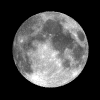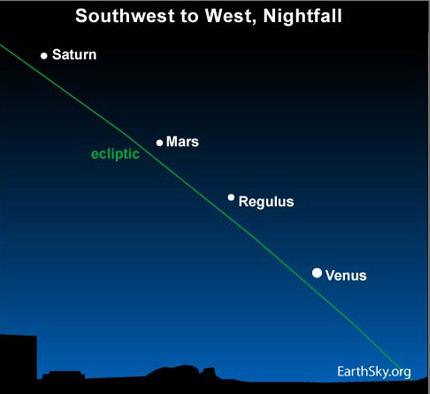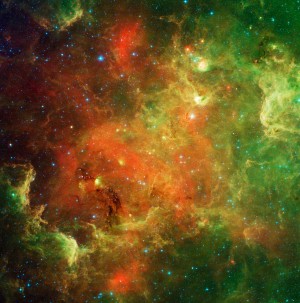Courtesy of EarthSky
A Clear Voice for Science
www.EarthSky.org

 For people living around 40 degrees north latitude, the latest sunset of the year happens around now. In the southern hemisphere, at 40 degrees south latitude, it is the year’s latest sunrise that is happening around now. That is in spite of the fact that the longest or shortest day of the year (in terms of daylight) took place about a week ago, on the June 21 solstice.
For people living around 40 degrees north latitude, the latest sunset of the year happens around now. In the southern hemisphere, at 40 degrees south latitude, it is the year’s latest sunrise that is happening around now. That is in spite of the fact that the longest or shortest day of the year (in terms of daylight) took place about a week ago, on the June 21 solstice.
To celebrate these late June sunsets, our sky chart shows the celestial attraction in the west and southwest sky after sunset. On this the night of the latest sunset, a wondrous string of celestial lights arcs across the sky. From up to down, the line-up presents the planet Saturn, the planet Mars, the star Regulus, and the planet Venus, by far the brightest light of all. In the southern hemisphere, this string of lights appears much more upright in the western sky. Notice that all the planets sit close to the ecliptic – the Earth’s orbital plane projected onto the sphere of stars.
The view of the planets is unique to this year. However, some celestial events happen predictably every year. For example, the year’s latest sunset always comes after the summer solstice, even though the exact date depends on your latitude. Farther north – at Seattle – the latest sunset happened a few days ago. Farther south at Mexico City, the latest sunset will not be for another week.
The latest sunsets come after the summer solstice because the day is more than 24 hours long at this time of the year. In June and July, the day (as measured by successive returns of the midday sun) is nearly 1/4 minute longer than 24 hours. Hence, the midday sun (solar noon) comes later today by the clock than it did on the June 21st solstice.
In a nutshell, it is the discrepancy between solar noon and clock noon that brings us a later sunset today than on the summer solstice.
Related:
Astronomy Picture of the Day from NASA/JPL
U.S. Naval Observator Astronomical Information center
The York County Astronomical Society
 Print This Post
Print This Post








